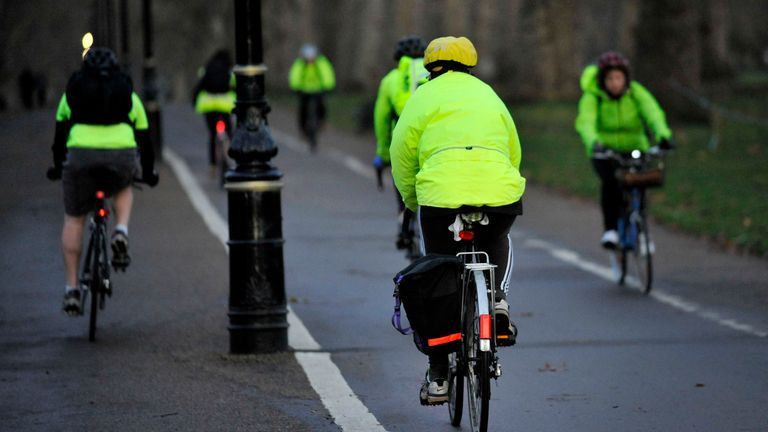High-Visibility Clothing May Be Invisible to Modern Car Technology, Study Finds
A study by the US-based Insurance Institute for Highway Safety (IIHS) has raised concerns that high-visibility clothing may be ‘invisible’ to modern automatic emergency braking (AEB) systems in cars. AEB systems, now standard in all new vehicles, automatically apply the brakes when a potential collision is detected and the driver fails to respond in time.

Researchers conducted trials involving a crash test dummy and three cars traveling at 25mph: a Honda CR-V, Mazda CX-5, and Subaru Forester. The results showed that the Honda and Mazda hit the dummy while it was wearing reflective strips, and the Honda also failed to slow down when a high-visibility jacket was put on the mannequin. The Subaru slowed down in all tests except when the dummy wore reflective strips in very low light conditions.
IIHS president David Harkey stated that the findings suggest car manufacturers ‘need to tweak their pedestrian automatic emergency braking systems.’ He emphasized that it’s ‘untenable that the clothes that pedestrians, cyclists, and roadway workers wear to be safe may make them harder for crash avoidance technology to recognise.’ Harkey added that this is a ‘worrisome blind spot.’
Mazda responded by saying that road safety is a top priority and that their engineers are working to improve their crash avoidance systems, using the IIHS results to enhance their technology, particularly for nighttime pedestrian scenarios.
The study’s findings highlight a potential flaw in current AEB systems and underscore the need for further development to ensure these safety features can effectively detect pedestrians and cyclists, regardless of their clothing.



